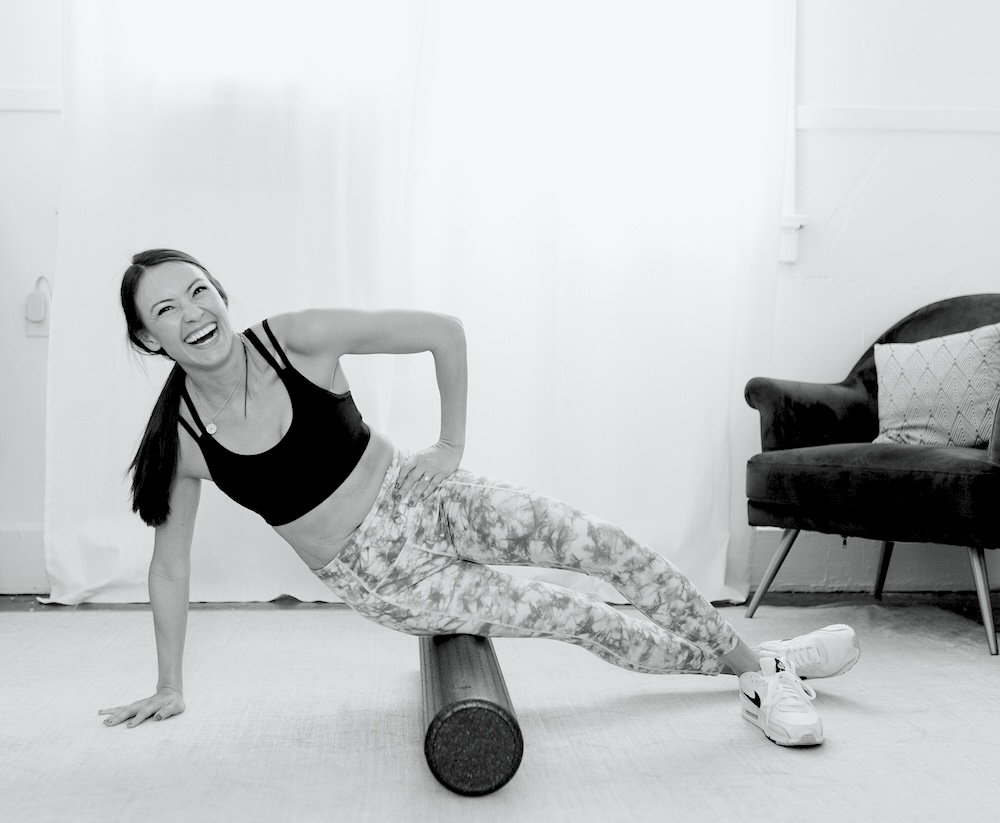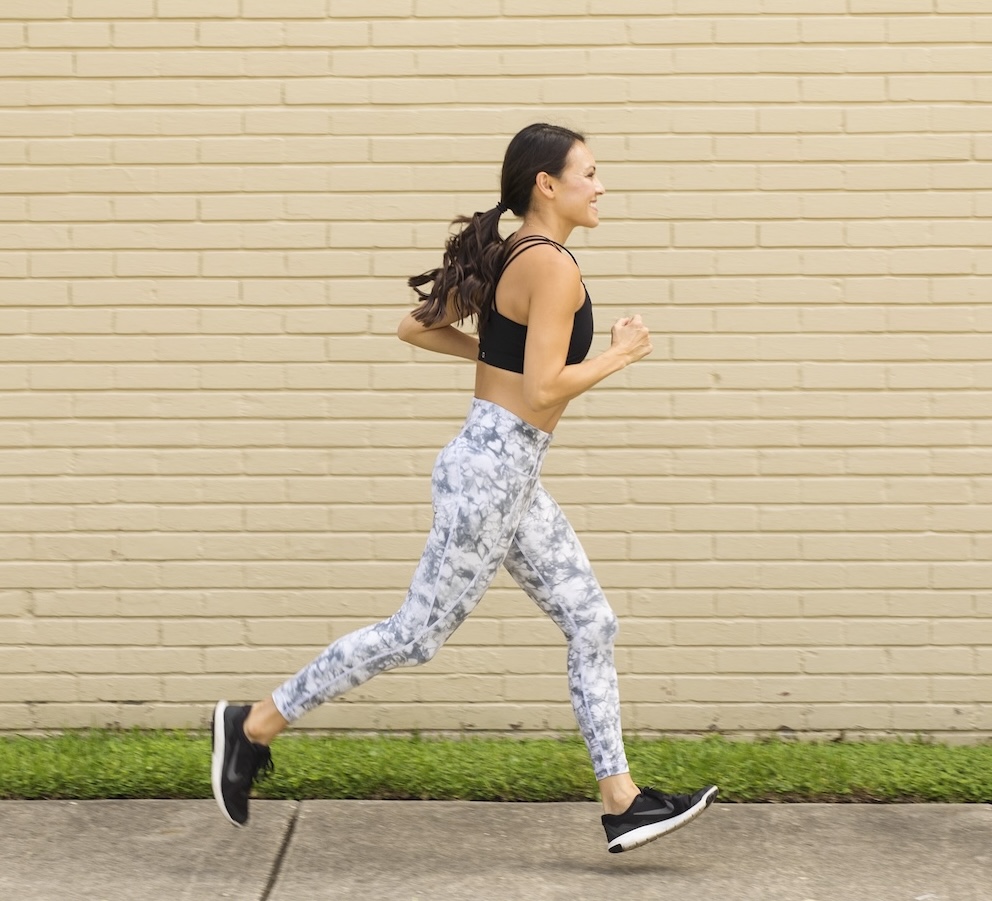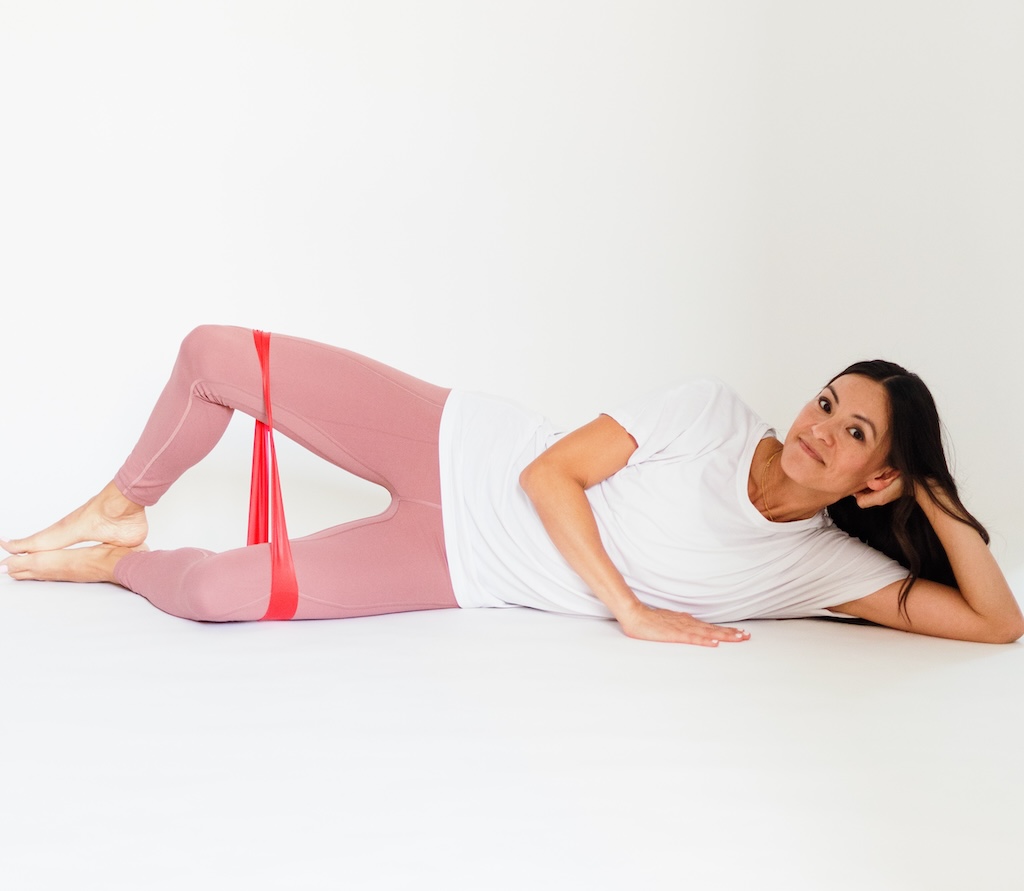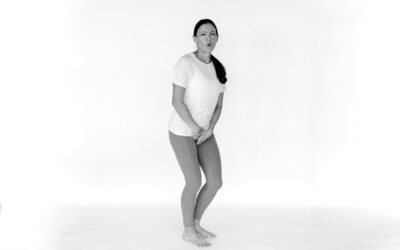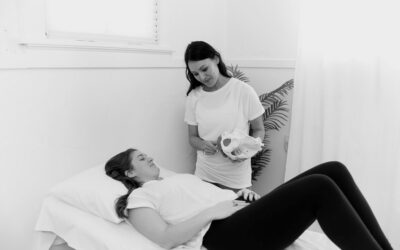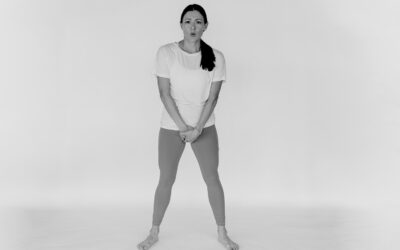Do you suspect you have an overactive pelvic floor? An overactive pelvic floor is when the muscles contract more than necessary. This results in excessive pelvic floor muscle tension and can lead to trigger points in your pelvic floor. It’s just like tight shoulders that get knots in them!
Causes of an Overactive Pelvic Floor:
- Stress
- Chronic tensing or holding in pee or poop
- Pelvic trauma
- Injury
- Surgery or infection
- Untreated bowel or bladder issues
- Hypermobility
Symptoms of Pelvic Floor Overactivity:
- Painful sex or vaginismus
- Painful bowel movements
- Pain with sitting
- Difficulty emptying bladder or bowels
- Bladder pain or burning
Exercise can contribute to an overactive pelvic floor – overactivity is common in cases of high intensity exercise without mobility and relaxation. This can be exacerbated if the person also has a fast paced or stressful lifestyle.
In some cases, you may need to refrain from high intensity exercise to help relax your pelvic floor. Many people can resume exercise with awareness of the overactivity and the help of a pelvic floor therapist.
Exercises to Avoid with an Overactive Pelvic Floor
Some exercises with hypertonic pelvic floor muscles can cause further strain and aggravate existing muscle tension. Exercises to avoid (for now) with tight pelvic floor muscles include:
- Weightlifting using heavy weights or resistance bands without proper stretching or relaxation
- Barre or Pilates workouts without proper stretching or relaxation
When working with a tight pelvic floor, take frequent breaks in between sets or exercises as needed.
How Breath Work Helps Pelvic Floor Dysfunction
Breath work can reduce the nervous system’s stress response. It can also mobilize the pelvic floor. Use diaphragmatic breathing:
- In a warm-up before exercise
- In a cool-down after exercise
- During times of stress and anxiety
- As a daily exercise for pelvic floor mobility
To Perform:
- Place your hands on the upper belly
- Slowly inhale, sending air to your hands
- Slowly exhale – the belly should flatten as the air leaves
- Continue, building up to a 6-second inhale/6-second exhale. Make sure you’re getting belly movement as you breathe.
- Perform for at least 10 breaths
Avoid Breath Holding
There’s a difference between proper bracing and improper strain. Continue breathing throughout exercise, exhaling on the hardest part of an exercise. This breath pattern encourages contraction of the pelvic floor.
In exercise, breath-holding increases tension for support during heavy exertion. Use it sparingly, and only if you use proper technique.
Include Mobility Programming
Is your workout of choice low impact with full body movement (like yoga, tai chi, etc.)? Then you can use your workout to your advantage to address an overactive pelvic floor.
Do you like to do burpees, powerlifting, dance, or other high impact activities? A complementary mobility program is a must. Higher intensity workouts increase muscle demand and elevate cortisol levels (a stress hormone). This is normal, but if you already have an overactive pelvic floor, this can prevent it from improving.
Rather than stopping your workouts, first try a mobility program. Plan a cool-down after each workout, and incorporate stretching throughout each day. Here are some examples:
- Thread the Needle
- Cat Cow
- Child’s Pose
- Shin Box
- Figure 4 Stretch (Pigeon Pose)
- Prone Press-up (Cobra or Upward Dog Pose)
- Downward Dog
Strengthen the Booty
Weak or tight hips contribute to dysfunctional pelvic floor muscle activity. Strengthening the hips can address this factor. If you are a person who sits a lot, has knee or back pain or has poor posture, this may be especially valuable for you. Some overactive pelvic floor exercises to strengthen the hips include:
- Clamshells
- Hip thrusts
- Bridges
- Lateral leg raises
- Squats
- Lunges
- Side planks
Evaluate Stress
Sometimes it’s the other stuff in life that affects tension in the body. Dealing with sources of stress can help to relieve muscle overactivity. Improved pelvic floor function and reduced pain mean muscle tension is improving.
Next Steps
Exercise can help pelvic floor symptoms. But if symptoms persist don’t hesitate to check in with a medical provider. Other options like medication, injections, stress management techniques like therapy or acupuncture van be important pieces of the puzzle to help.
If you aren’t sure if you need strengthening, relaxation or both, take our pelvic floor quiz to get your personalized Pelvic Floor Roadmap. This one minute quiz will tell you exactly where you need to start to get your pelvic floor tip-top. Take the quiz now.

